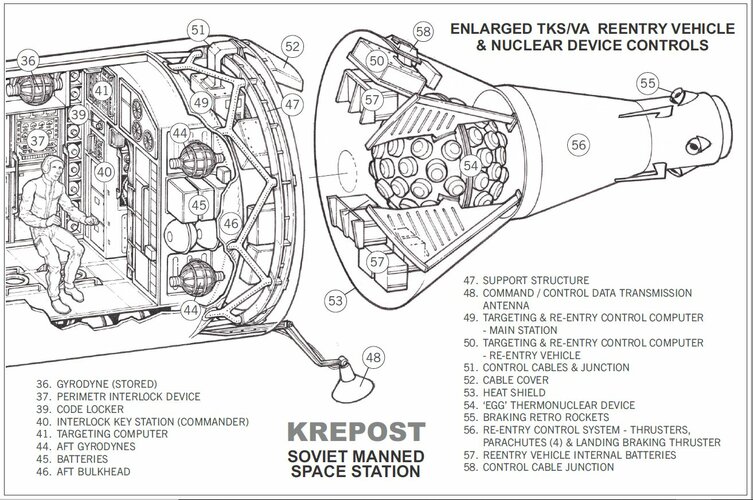MikeJenneBlueGemini
ACCESS: Restricted
- Joined
- 17 December 2022
- Messages
- 7
- Reaction score
- 28
Hello everyone! I'm new to this forum, so bear with me if I'm not posting this in an appropriate thread. I wrote a trilogy of books (the "Blue Gemini" series) that followed several characters involved in secret military space programs (both US and Soviet) during the Cold War era. I have a website for the books at www.mikejennebooks.com. Of special note, you might be interested in the collection of technical illustrations that depict technology unique to the story, including the "Blue Gemini" interceptor variant of the Gemini spacecraft, a Navy ocean surveillance MOL, and a Soviet nuclear-armed OBS (Orbital Bombardment System). These drawings were done by my brother Ed, a former technical illustrator for NASA, in the style of that era. The entire collection is available at https://www.mikejennebooks.com/tech_drawings.htm and are free to download in PDF format.





